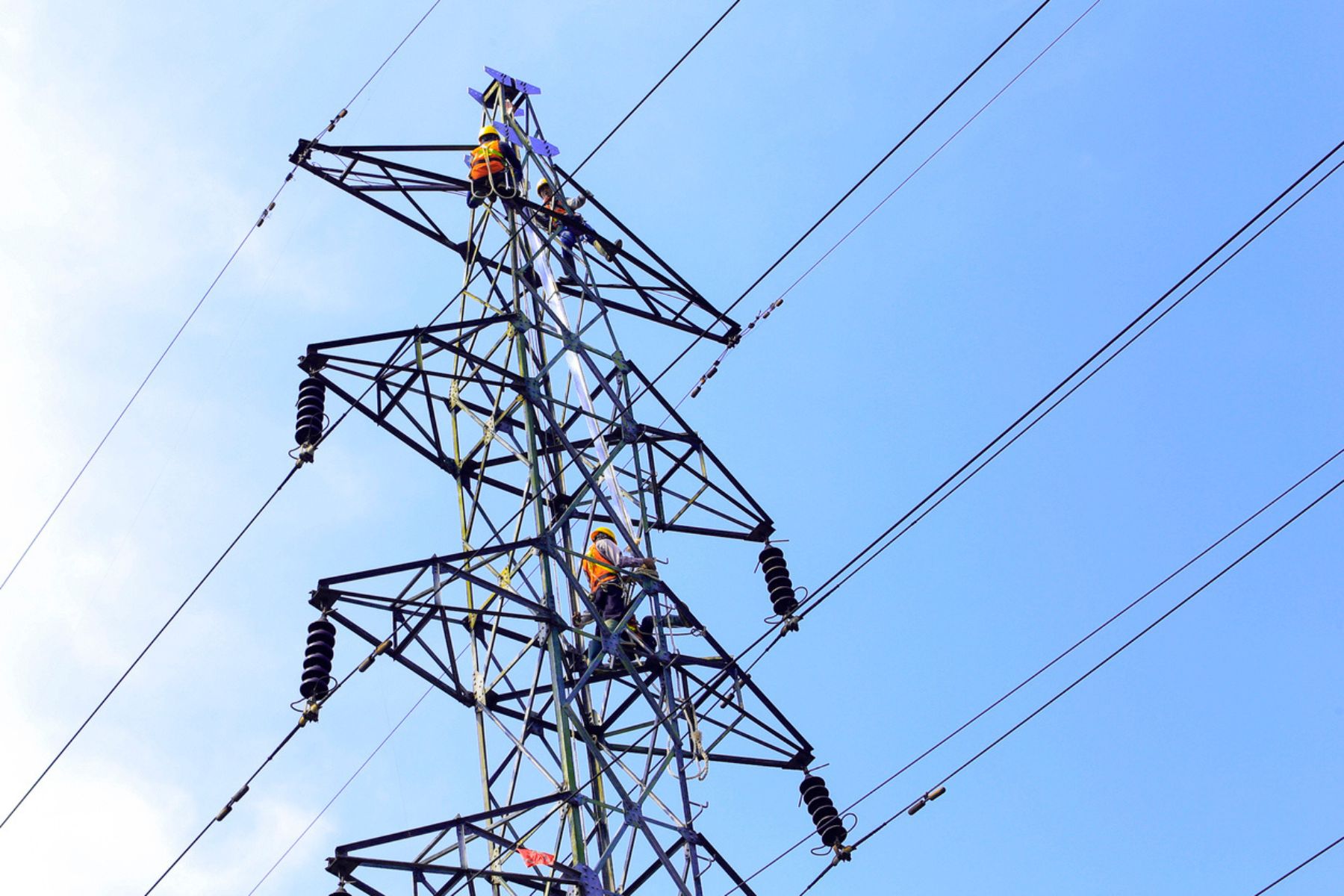Every emissions reduction pathway to 440 Mt by 2030 and net zero by 2050 relies on electrification.
What’s new?
Electrification—replacing technologies that rely on fossil fuels with ones that use clean electricity—is core to every conceivable pathway to Canada’s emissions reduction targets.
Critically, electrification doesn’t just mean households switching to electric vehicles and heat pumps, though these solutions matter a lot. Rather, electrification is part of the low-carbon transition for virtually all sectors of the Canadian economy, from freight transportation to manufacturing.
Electrification for all
Previous analysis by the Canadian Climate Institute and Navius Research looked at cost-effective pathways to 440 Mt in 2030 and net zero by 2050. At an economy-wide level, electrification alone will reduce emissions by as much as 43 Mt in 2030 (14 per cent of emissions reductions required in that year to meet the 2030 target) and 178 Mt in 2050 (about a quarter of emissions reductions required to achieve net zero). When accounting for the role of clean electricity, the supply side, potential emissions reductions from this “big switch” rise to 37 per cent of Canada’s 2050 net zero target.
Toggling through Figure 1, you can see the role that electrification plays in buildings, transportation, and industry across pathways to 2030 and 2050. Even in our net zero pathways with optimistic assumptions for wild card technologies, electrification is an important solution in 2030 and a major driver of emissions reductions by 2050 across these sectors. In other words, even with best-case scenarios for alternative solutions, electrification remains the linchpin.
Current policies to support electrification include economy-wide carbon pricing, the proposed zero-emissions vehicle mandate, support for residential and commercial heat pumps, the Net Zero Accelerator Initiative, and others. Quick and effective implementation of these policies is essential to accelerate electrification at the scale and pace required to achieve Canada’s 2030 target.
Matching supply and demand
However, achieving net zero emissions by 2050 requires new and stronger policies to support electrification. For instance, government action can help ensure that both supply chains for new technologies and the skilled labour force to build and install them are robust enough to meet growing demand. In addition, all this new electricity demand has massive implications for electricity supply. Canadian electricity systems will have to get bigger, cleaner, and smarter to meet the growing demand from our buildings, vehicles, and industries—which is expected to as much as double current levels by 2050. Coordinated action from all orders of government, including effective implementation of the proposed Clean Electricity Regulations, is essential to enable the widespread electrification that underpins Canada’s progress to 2030 and 2050.
